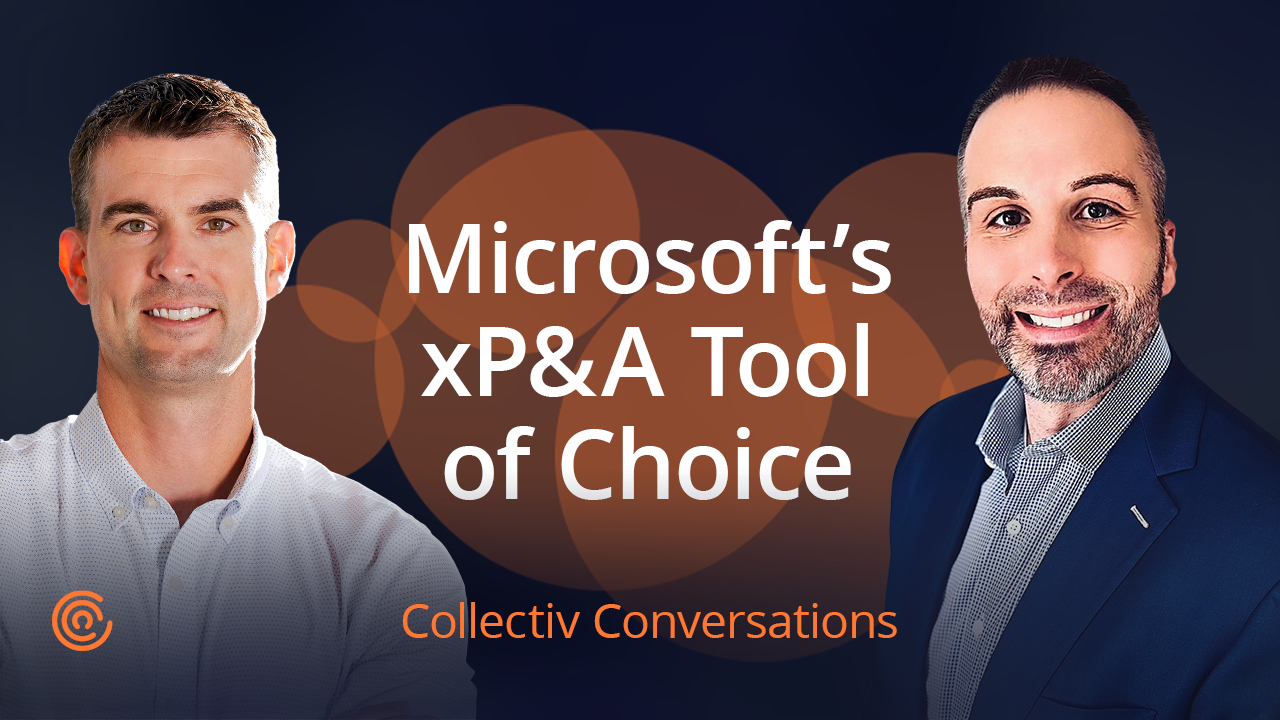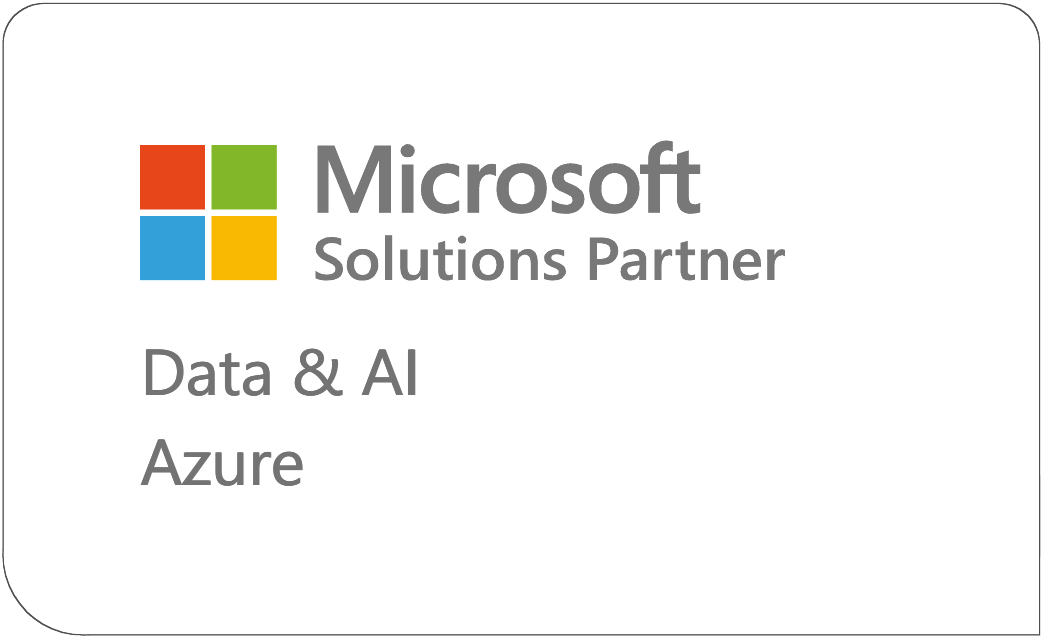Organizations today work with fragmented data systems across departments and timezones, making it challenging to outsource financial sub-processes. As organizations marry technology and knowledge transfer, they upskill their teams, save money, and gain a competitive advantage.
Matt Mowrey, the Senior Director of Finance, Analytics, and Business Performance at DAI, recently had a discussion with Bryan Lapidus, FP&A, Director of The Association for Financial Professionals (AFP).
In this compelling Q&A, Bryan reveals how organizations that consolidate resources in a Center of Excellence (COE) ease the burden of FP&A teams so they spend less time gathering and collating data and more time driving business decisions.
Creating a COE requires a certain amount of maturity. How does an organization know where they are on the maturity curve and whether they’re ready for a COE?
There are two ways an organization knows they’re ready for a COE: They’re either feeling the pain and reacting to that pain, or they see an opportunity ahead and take a proactive approach.
Reactive is by far the most common—they’re feeling the pain. FP&A receives requests for analytics and reporting at greater volumes than they can handle, and spends their precious time reinventing the wheels of models and reports. At some point, the pain is too great and they say, “We need to bring in the right people, set up the center, and set up the skillset and the process for managing this.”
The less common way is proactive. It is hard to be a forward-looking organization that sees an opportunity, recognizes there is a better way to serve their customers, and secures the funding to invest in non-revenue efforts.
How does the traditional scope of FP&A change if FP&A is now leading COE efforts?
At AFP, we put out a report last March. We found that people spend three-quarters of their time preparing and analyzing data. Furthermore, that allocation really hasn’t changed over the previous decade.
When we think about how the scope of FP&A changes, what we’re hoping to do is spend less time gathering and wrangling the data into the right format so more time is focused on analysis and developing insights. Optimizing time—that’s the goal.
The FP&A organization has an opportunity to really brand itself. In some organizations, we see that FP&A doesn’t have a separate identity from accounting.
This is a chance for FP&A to say what we do: “We help you to make better decisions by allocating capital to best use in the organization. We do that through forecasting, investment analysis, and management reporting.”
Once you do that, you have brand identity inside. Internally, you can hire and train people who are going to deliver that value. Then you could take it outside to your marketing team, call center, or supply chain and say, “This is what we do. How can we help you?”
That lays the foundation and the understanding for what your COE is going to deliver.
What skillsets within FP&A change?
You need to have the finance skill…this is how we do financial analysis and we represent the CFO’s point of view. Then you need the technical skills…this is the new tool that’s going to allow you to do it. I have seen finance hire their own technical people into finance to make sure they get dedicated service to their COE.
We also need partnership skills. We’re going to spend less time gathering the data and more time delivering to our customer, so we need communication skills on how to talk to our customer. What is it that they want? What is it we’re trying to deliver?
Those partnership skills require overall business acumen. We have to understand the metrics that drive the business. We have to understand the relationships we build with those people too, so that we communicate and deliver the right thing.
What are the characteristics of technology that supports a COE?
There was a time that spreadsheets were considered cutting-edge technology; now we have incorporated spreadsheets so much that now we think that’s what it means to do finance. At some point we’re going to get to that with the new analytics tools, but at the moment there is not a single standard that is a common language. However, what they need to do is help FP&A be better at their roles: planning, forecasting, reporting and analysis.
If an FP&A function is ready for a COE, how does it bring the rest of the organization along?
Organizations, especially large organizations, may have multiple Centers of Excellence. I’ll give you one example from when I used to run FP&A.
Some of our best analytics was happening in marketing. They were pulling in big data and the voice of the customer, things that were many steps removed from the financials. Marketing didn’t necessarily want me and my FP&A team involved at that level, because that’s not our expertise, and it was too far upstream from the work we were doing.
There’s an importance to having analytics happen differently so that your business domain expertise leverages it. Analytics is going to happen in multiple places. The question is: How do you want to set up your FP&A analytics team?
If you want to be focused on how to bring the rest of the organization along, you have to define what it is you’re going to deliver to them—starting with the data that is in our domain, the financial functions. From there, you have a base to spread out and lend your expertise to other areas of the business.
A hub-and-spoke model often emerges as an organization talks about a central COE vs how aspects within the central COE are governed by the business. What do the spokes look like?
The hub-and-spoke model is usually the way that organizations begin. You already have centralized expertise, whether that comes from developing somebody internally through training and projects, or hiring somebody and bringing that expertise in. Someone needs the vision to architect the COE, define the skillset, and define the process.
Once that central brain trust is created, then it’s metered out to the different spokes. Maybe it’s on a project, where somebody, one of the businesses says, “Hey, I have a problem. I have a challenge I need to answer.” They come to the centralized COE and ask for help. Sometimes I’ve seen a ticketing process work where someone literally creates a ticket, and uses those resources over time.
As that process gets developed, the people who are fortunate enough to work with the COE gain skills along the way. You want to push out that knowledge and distribute it as close to the customer as you can. Over time you’re diffusing that knowledge to the point that it can then be resident out in the spokes. Ideally, you create a cadre of citizen data scientists. People who may not have a PhD in data science, but they have business and finance knowledge, gone through training and learned tools, and are ready to deploy that around the organization
How can FP&A measure success with their COE?
Most measures of success relate to volume of work and interactions with reporting–number of reports produced, views of those reports, time spent. Quality is hard to measure without a customer survey. There is a caution in getting caught up in volume metrics; FP&A wants to be responsive requests, but an over-abundance of customer service can be inefficient! You want to achieve a certain amount of standardization and customization.
Every manager has their own definition of what a key metric is. However, you don’t want to customize to the point that everybody has their own report. Otherwise, when management gets together in a meeting and they all pull out their reports, they’re all different, right?
Standardization of metrics and reports is important. But customization that allows people to drill down and slice-and-dice the data is also important. You want to create a system that gives everyone the ability to navigate but has standardization at an organizational level.
Financial teams are failing to capitalize on their greatest asset…data. In NewVantage Partners’ 2019 Big Data and AI Executive Survey, 72% of the survey participants report that they have yet to forge a data culture, and 53% state they are not yet treating data as a business asset.
At Collectiv, we help enterprise teams get on the other side of this statistic. Our Power BI Center of Excellence program is a great place to start. Learn more about this program and sign up.



























